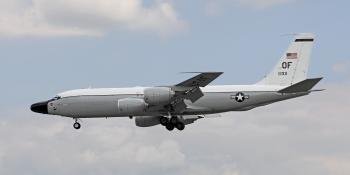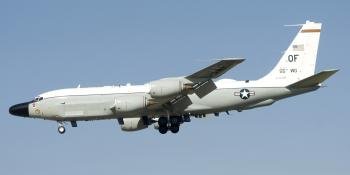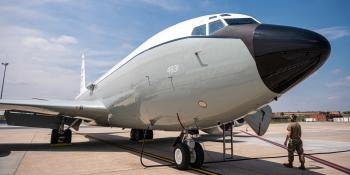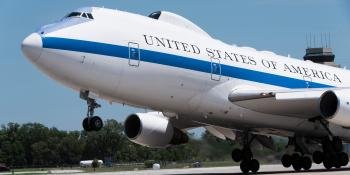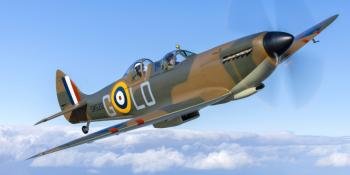As the Rivet Joint approaches its half-century, it’s time to loosen the bolt and explore why this electronic surveillance aircraft remains the backbone of the US Air Force’s (USAF's) medium-altitude intelligence gathering capability.
Despite its critical importance to intelligence gathering, the Rivet Joint remains a little-known aircraft. Based on the Boeing RC-135V/W, the Rivet Joint’s two separate designations are effectively a single variant, with identical operational capabilities. The RC-135V and RC-135W differ in only minor (and largely trivial) details, and they have different designations only because they were converted from different versions of the -135.
The USAF’s fleet of eight Boeing RC-135Vs and nine RC-135Ws (collectively known as Rivet Joints; augmented by three Royal Air Force RC-135Ws) do still prowl the peripheries of hostile states, just as they always did. When doing so, they are tasked with ‘hoovering up’ the same kind of vital signals intelligence (SIGINT) that helped to ensure the Cold War never turned ‘hot’.

